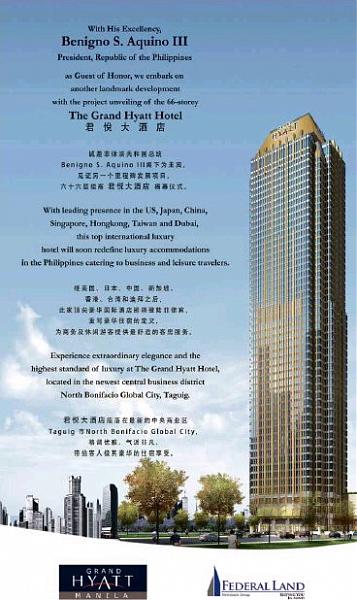The history of high-rise buildings in Manila began with the construction of the eight-story Manila Hotel in 1912, which is considered the first modern high-rise building in the Philippines. At that time the country was under U.S control, which affected Manila’s development. The construction of high-rise buildings later shifted from the City of Manila to its surrounding area, including the transformation of Makati into the country's financial and business center in the 1960s (Wikipedia 2016). However, the city’s early modernization has been more recently accelerated in our era of neoliberal globalization. The effects are both awe inspiring and horrifying as harbingers of our urban future.
In their edited Book Evil Paradises: Dreamworlds of Neoliberalism (2007), Davis and Monk paint an architecturally innovative picture of urban paradises in today’s global cities. However, this picture of the growing demand for five-star hotels and mega shopping malls that cater to the wealthy elite is grimly paired with the spatial segregation of the majority of city residents. The working poor are marginalized, left with unsanitary dwellings and dangerous working conditions along with low wages.

Davis and Monks Evil Paradises gives readers a picture of unbounded wealth, uncontrolled consumption and consumerism at the expense of the historical vernacular spaces of cities, all while increasing the vast socio-economic differences of its people. The Author describes the capitalist utopian urban city where any fantasy is possible in a world of transnational commerce and luxury consumption. The chapters in this edited volume give us a glimpse into the ways that many of the world’s global cities mimic the wealthy grandeur of American cities like Palm Springs, California and Miami, Florida, cities known for their excessive and indulgent lifestyles. Yet many of these cities described, such as Kabul, Afghanistan or Medellin, Columbia are located in countries devastated by poverty, war, and corruption. Manila too, it turns out, mimics an idealized California, and is replete with evil paradises.

A prime example of an evil paradise is the Grande Hyatt Manila, which broke ground in 2007 and was completed in 2017 (Wikipedia 2017). The hotel was constructed on land that belonged to the city and housed local businesses and homes. The hotel is now a now a capitalistic sanctuary for the international elite and wealthy.
In Armor Maclang’s “With Skyscrapers Dotting Metro Manila skyline, developers look to nearby areas for growth”(2015), we find a city that has transformed into a bustling metropolis with an increasing abundance of skyscrapers and real estate developers who are capitalizing on the demand for luxury properties. One example that Maclang gives us is Vista Lands, a master planned community in southern Metro Manila, which will occupy more than thirty-Seven hundred acres. It is an upscale gated community located in Albang with a lifestyle center, retail shopping, sports complex, hospital and several educational institutions. A second example that Maclang shows us is the master planned community being designed by Megaworld, a Beverly Hills themed township also in Alabang. This will be an exclusive residential area with homes as large as 8600 Square feet with onsite Beverly Hills themed amenities that include a club house and a Rodeo Drive shopping district. With Metro Manila overflowing its capacity with nearly 16 million people, the space available to the urban poor will be aggressively compressed, as developers and transnational elite consume vast areas of prime real estate in Manila.












